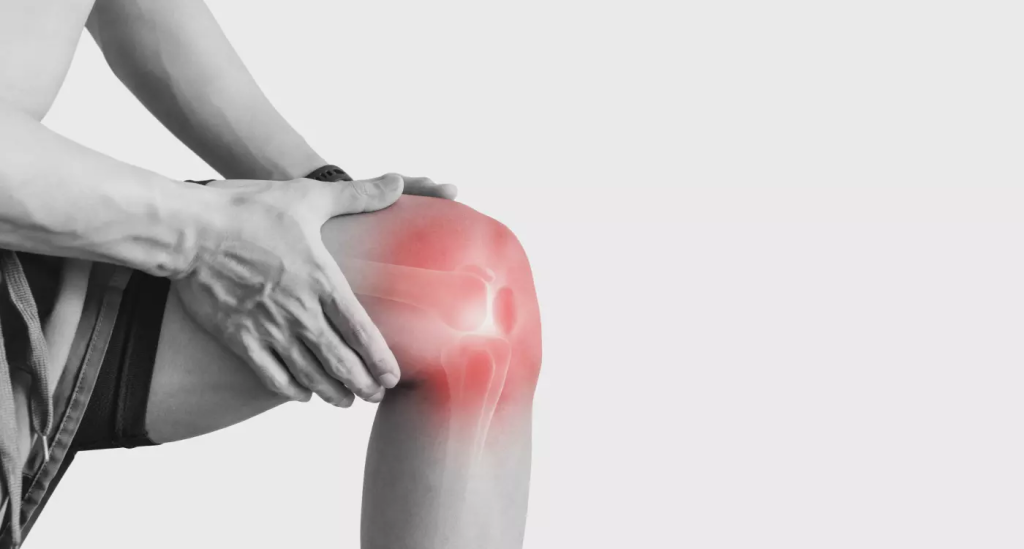
An Overview of Knee Pain
Knee pain affects about 25 percent of adults1, although people can experience knee pain at any age. Knee pain can be a result of injury such as ligament injury or torn cartilage, or a symptom of conditions such as arthritis, gout, and infection. Among people aged 50 years and older, the most common cause of knee pain is osteoarthritis. The cause of knee pain determines what treatment plan is administered.
Types of Knee Pain
Broadly, knee pain is divided into two categories based on the underlying causes:
- Acute injury: This includes a fractured bone, torn ligament, acute tendonitis, damaged cartilage or the most serious condition of acute infection.
- Chronic causes of knee pain : This includes osteoarthritis, rheumatoid arthritis patellar pain syndromes, chondromalacia, and IT band syndrome.
Symptoms of Knee Pain
Exact symptoms may vary depending on the cause of the knee pain, but generally patients experience:
- Pain
- Swelling
- Limited mobility
- Stiffness
- Popping sounds
- Others
When To Call Your Doctor
Contact your doctor if you experience the following:
- Knee pain and discomfort
- Inability to bear weight on your knee
- Instability on the knee, i.e. it gives out when you stand or walk
- Considerable swelling
- Inability to fully extend the knee
- Noticeable deformity in the knee
Risk Factors for Knee Pain
- Biomechanics: Changes in walking style, or incorrect form whilst lifting heavy weights, can make one more likely to get knee pain.
- Being overweight: The greater the stress placed on the knee joint, the greater the likelihood for pain.
- Repetitive movements: Kneeling for too long or doing certain activities like cycling, skiing, and running can predispose one to knee pain.
- Previous injury: Previous injuries such as ruptured ligaments or damaged cartilage can cause knee pain in the future.
- Incorrect exercise form: Performing squats with an incorrect form can shift the load from the muscles onto the knees, leading to an increased risk of injury and knee pain.
- Low flexibility: A lack of regular movement and flexibility can also shift the load off the muscles and onto the knee joint while performing tasks such as walking, running, lifting something, and bending down.
Leave a Reply